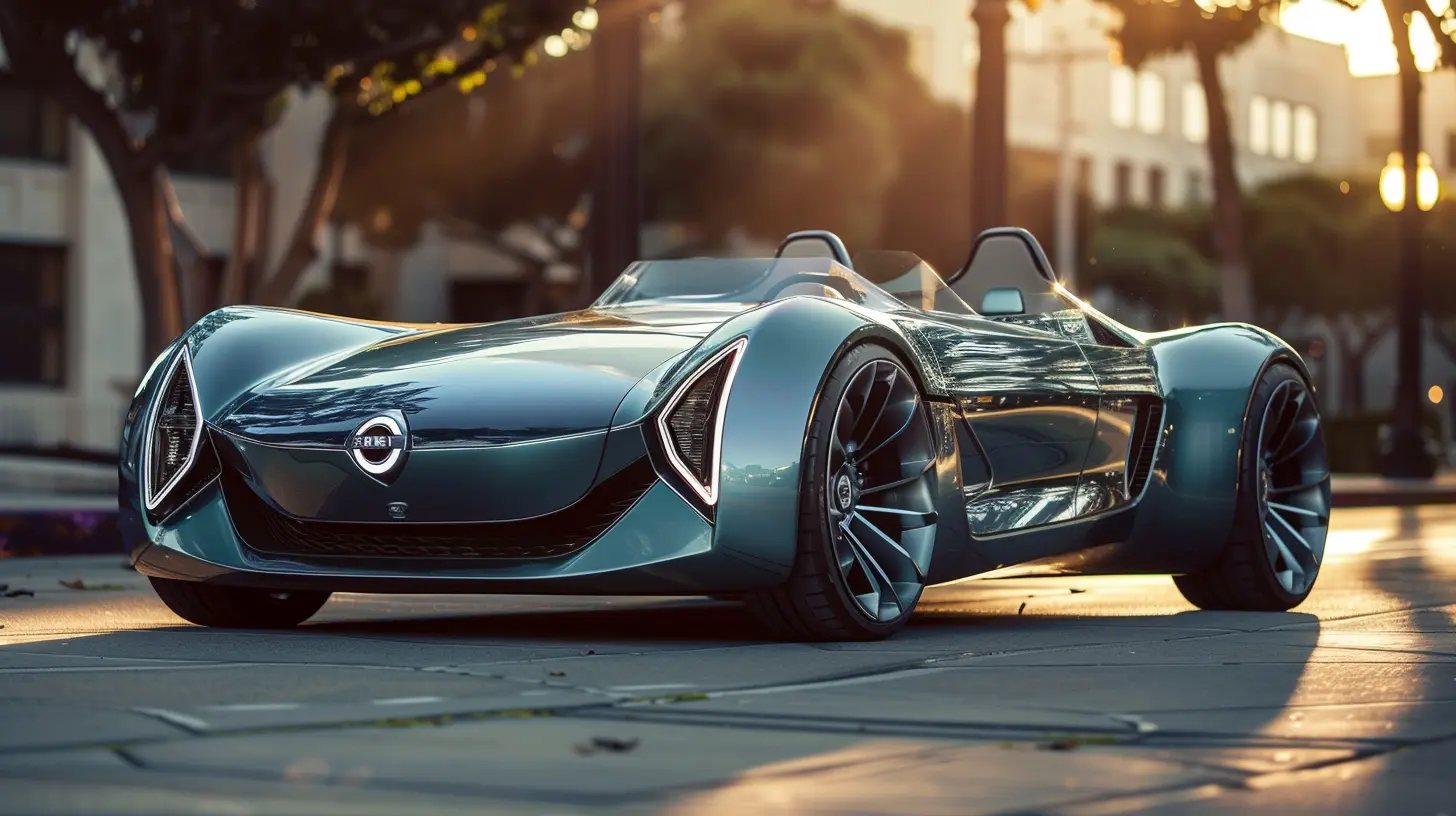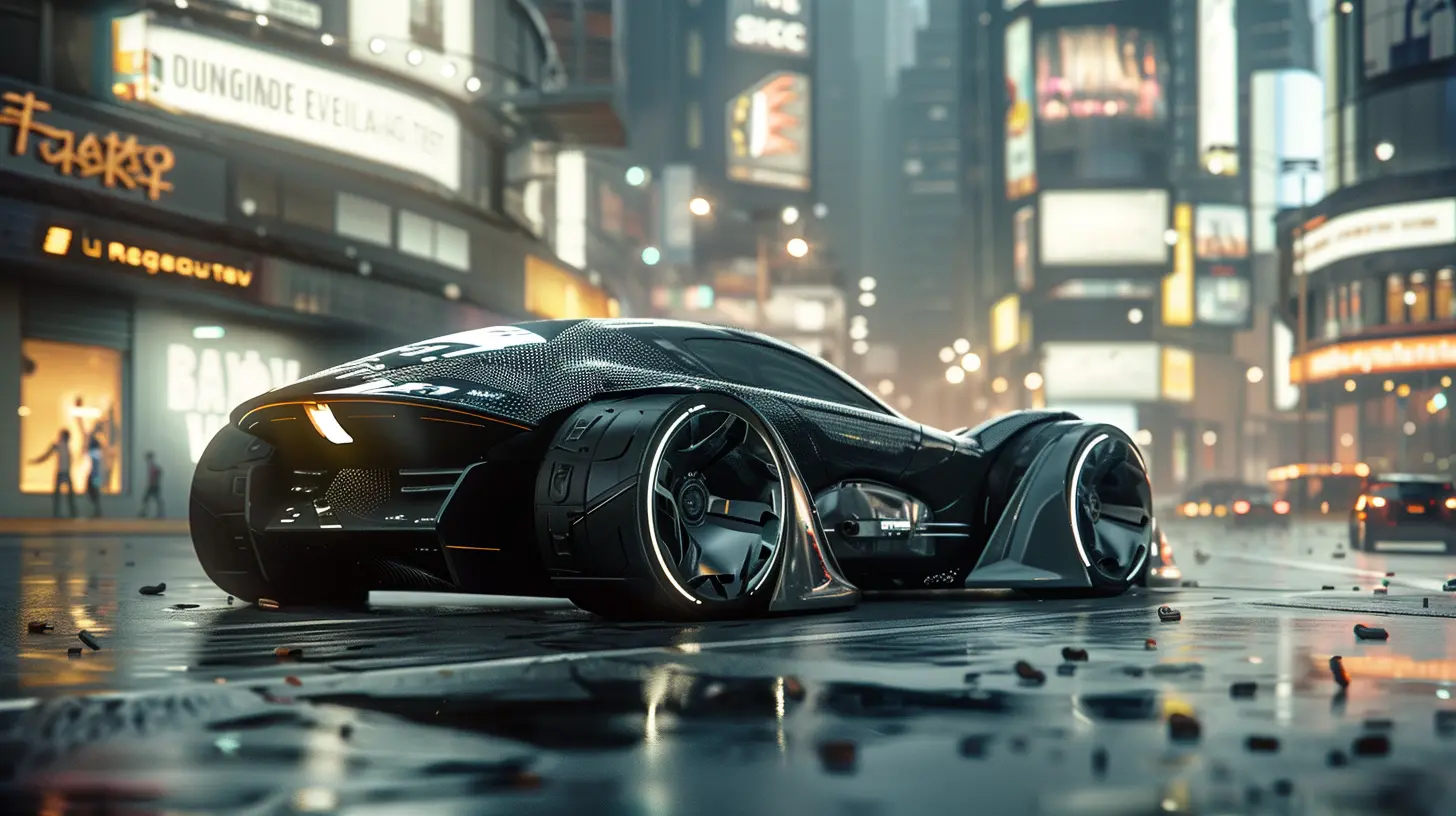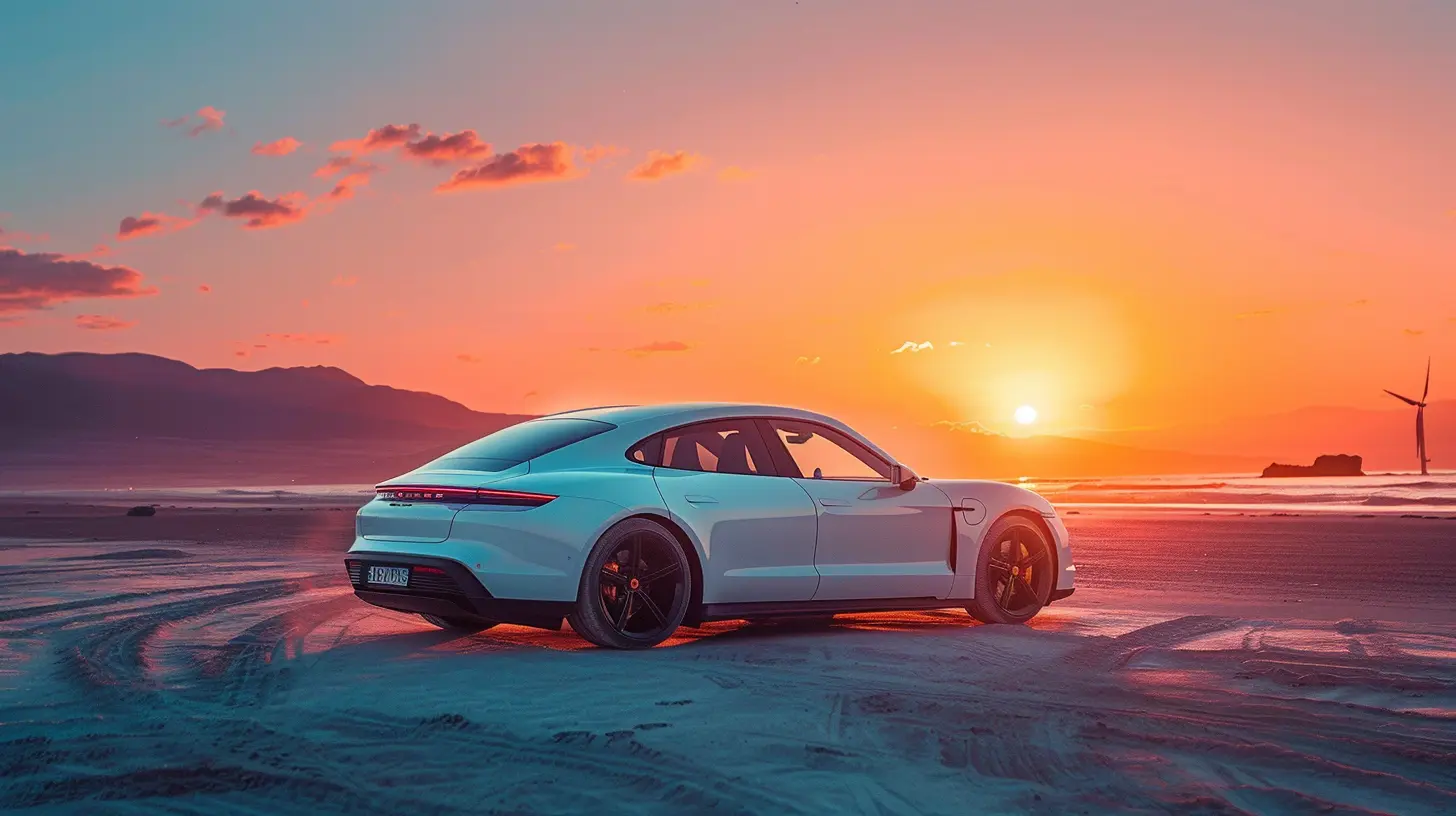The Role of Renewable Energy in Powering Electric Vehicles
6 September 2025
Let’s face it—gas-guzzling cars are so last century. With the climate clock ticking and fuel prices playing hopscotch, the world is shifting gears—quite literally. Electric vehicles (EVs) are zipping into the mainstream, promising zero tailpipe emissions and fewer trips to the gas station. But there’s one buzzing question we’ve got to answer: where’s all that electricity coming from?
Because, let’s be real—if we’re charging our shiny new EVs using fossil fuels, are we really making a difference? That’s where renewable energy steps into the driver’s seat.

Why Electric Vehicles Alone Aren’t the Endgame
Before we jump into how renewables are changing the EV game, let’s clear something up. Electric vehicles are amazing. They reduce air pollution, lower maintenance costs, and cut down our dependance on oil. But they’re not a silver bullet.See, the electricity we use to charge EVs has to come from somewhere. In many regions, that “somewhere” still involves coal plants puffing out CO₂ like there’s no tomorrow. So while EVs don’t emit carbon when they’re on the road, their total environmental impact is directly tied to how clean the grid is.
This is where renewable energy—solar, wind, hydro, and more—comes in to truly unlock the potential of EVs to combat climate change.

Connecting the Dots: EVs and Renewable Energy
Think of electric vehicles and renewable energy like peanut butter and jelly. On their own, they’re decent, but together? Chef's kiss.The Synergy Factor
EVs and renewables are a dynamic duo. When you charge an EV using solar panels or wind power, you’re creating a closed loop of clean, sustainable energy. That’s right—you’re not just avoiding tailpipe emissions, you’re avoiding emissions full stop.What’s even more exciting? As EV adoption grows, it can actually help integrate more renewables into the grid. How? Through something called "grid balancing."
Let’s Talk Grid Balancing
Imagine your city’s power grid like a giant see-saw. On one side, you’ve got energy production. On the other, energy consumption. If one side gets too heavy, the system wobbles.Renewables like solar and wind are clean, but they’re also unpredictable. The sun doesn’t always shine. The wind doesn’t always blow. That’s where EVs can help.
EVs can act like mobile batteries. They can store excess energy when there’s a surplus (like during a sunny afternoon) and even feed it back into the grid during peak demand. This concept, known as Vehicle-to-Grid (V2G), turns your car into an energy asset. How cool is that?

Solar-Powered Charging: Here Comes the Sun
One of the most exciting—and accessible—ways to power EVs with renewable energy is solar charging. Slap a few solar panels on your roof or garage, and you’re literally driving on sunshine.Home Solar + EV = Total Freedom
With a home solar setup, you can charge your EV right in your driveway using the sun. No middleman. No fossil fuels. Just pure, radiant energy direct from the sky to your ride.This setup doesn’t just make you feel like a tech-savvy eco-warrior; it also saves you money in the long run. You’re producing your own electricity, avoiding utility rates, and shrugging off rising fuel prices like a boss.
Public Solar Charging Stations: The Future is Bright
While home solar is fantastic, not everyone has a driveway or owns their roof. That’s why public solar charging stations are a big win. Imagine pulling into a rest stop where the canopy is made of solar panels. While you grab a coffee, your car is sipping solar energy.Cities and countries are investing in solar-powered EV infrastructure, and it’s only going to get better from here.

Wind Power: Charging with a Breeze
If solar energy is the golden child, wind power is the quiet achiever. Wind turbines are now mainstays in many regions, spinning away to generate clean electricity.When EVs are charged from a wind-powered grid, the emissions footprint drops dramatically—often by more than 90% compared to gas vehicles. That’s not just better. That’s game-changing.
Plus, wind often blows strongest at night—right when most people are plugging in their EVs to charge. That natural alignment makes wind and EVs best buddies.
Hydropower and Geothermal: The Unsung Heroes
Solar and wind steal most of the spotlight, but hydropower and geothermal energy are reliable, clean sources of electricity that can also power EVs.- Hydropower, which harnesses the energy of flowing water, provides a consistent power supply that’s perfect for EV charging infrastructure.
- Geothermal energy, which taps the Earth’s natural heat, is less common but incredibly stable and eco-friendly.
Together, these sources help diversify the clean energy mix, ensuring that our EV future isn’t just green but also resilient.
EV Charging Infrastructure Needs Renewable Boosters
Let’s get real for a second. You can’t have mass EV adoption without a solid charging network. Fast-chargers on highways. Community chargers in apartment garages. Portable chargers for on-the-go top-ups.But even more important than where the chargers are is what powers them. Right now, many charging stations are still grid-tied and grid-dirty. That’s got to change.
Green Charging Networks
Forward-thinking companies and governments are starting to set up green charging stations—those powered entirely by renewables. Some even include on-site solar farms or wind installations. Others rely on renewable energy credits or contracts with clean utility providers.The goal? Create a full end-to-end clean experience. You drive a clean car fueled by clean energy. That’s what a true climate solution looks like.
Challenges on the Road Ahead
Of course, nothing’s ever all sunshine and rainbows—pun intended.Energy Storage
Renewables are intermittent. We can’t control when the sun shines or the wind blows. This makes energy storage absolutely crucial. Luckily, battery technology (both for EVs and stationary storage) is improving at an exciting rate, but there's still ground to cover.Infrastructure Gaps
Some areas lack both charging stations and access to renewables. Rural communities, underserved neighborhoods, and developing countries often lag behind. Bridging that gap is key if we want a truly equitable green transition.Policy & Investment
Let’s not sugarcoat it—clean energy adoption takes money and smart policies. Governments and businesses need to invest in renewable infrastructure, provide subsidies, and make it easier for consumers to opt for solar, wind, and EVs.The good news? Momentum is building. Smart policies in places like California, Germany, and Norway are already showing what’s possible.
The Bigger Picture: Clean Energy for a Clean Planet
When we talk about electric vehicles powered by renewables, it’s not just about cleaner commutes. It’s about reshaping the future of energy, cities, and transportation.Healthier Communities
Air pollution kills millions every year. By replacing gas-powered vehicles with clean EVs charged by renewables, we’re literally giving people cleaner air to breathe.Energy Independence
Renewables are local. You don’t have to import wind or sunshine. That means more energy security and less dependence on volatile international oil markets.Fighting Climate Change
Transportation is one of the biggest contributors to carbon emissions. Switching to EVs powered by clean energy is one of the fastest, most impactful ways to slash those emissions.Final Thoughts: Drive the Change
You know what’s inspiring? Every time someone chooses to charge their EV with clean energy, they’re casting a vote for a better future. Not just for themselves, but for their kids. Their neighborhood. Their planet.The role of renewable energy in powering electric vehicles isn’t just technical—it’s transformational. It’s turning our roads into rivers of clean motion and our homes into mini power plants. It’s giving us the power—literally—to drive change.
So, whether you’re plugging into a solar-powered charger, investing in rooftop panels, or just learning about what’s possible—you’re already part of the solution.
And hey, the road ahead looks pretty electric.
all images in this post were generated using AI tools
Category:
Electric VehiclesAuthor:

Ugo Coleman
Discussion
rate this article
1 comments
Poppy Carter
Renewable energy is essential for making electric vehicles sustainable and reducing overall carbon emissions.
September 6, 2025 at 2:41 AM

Ugo Coleman
Absolutely! Renewable energy is crucial for ensuring that electric vehicles contribute to sustainability and significantly lower carbon emissions.


